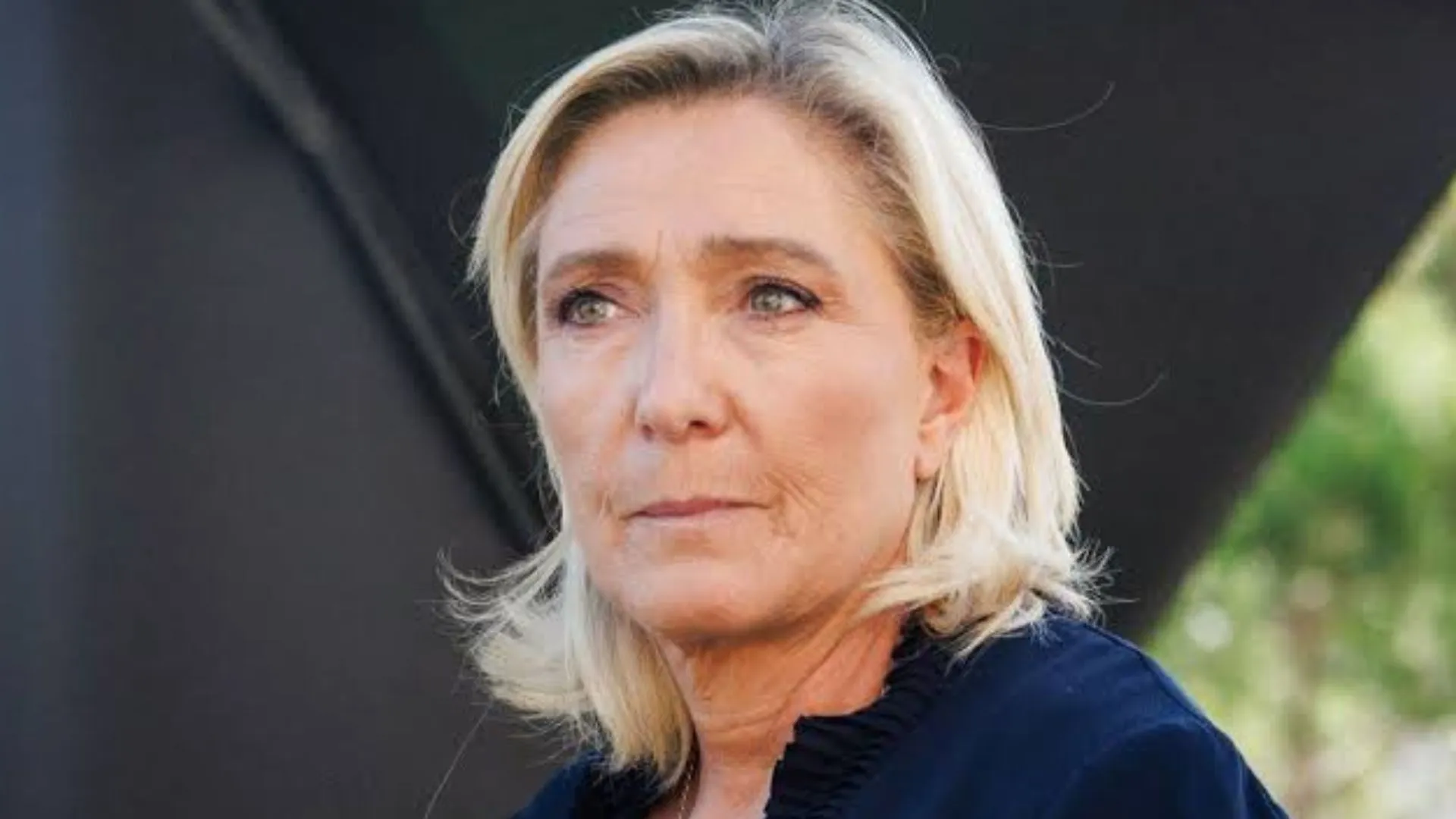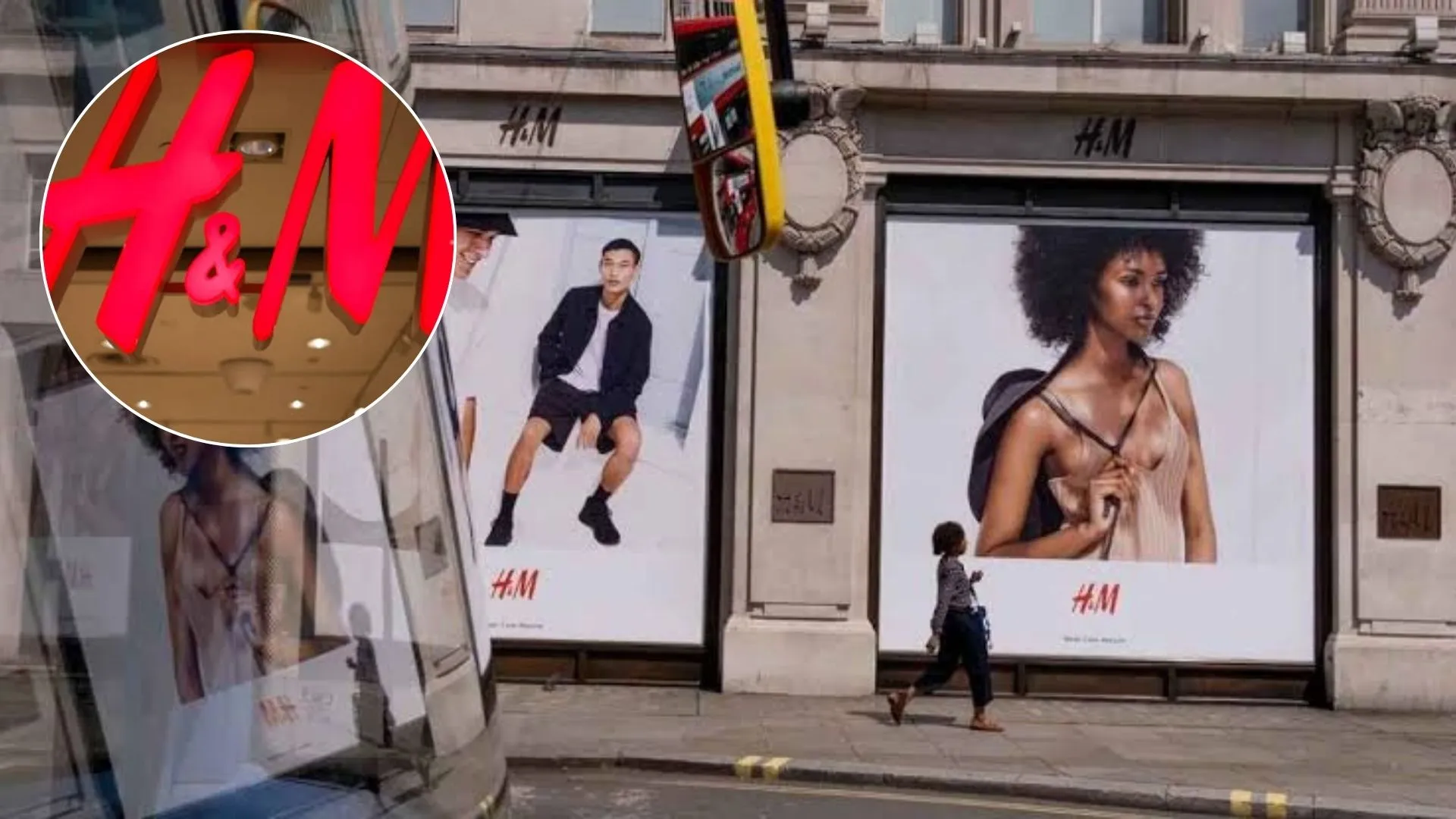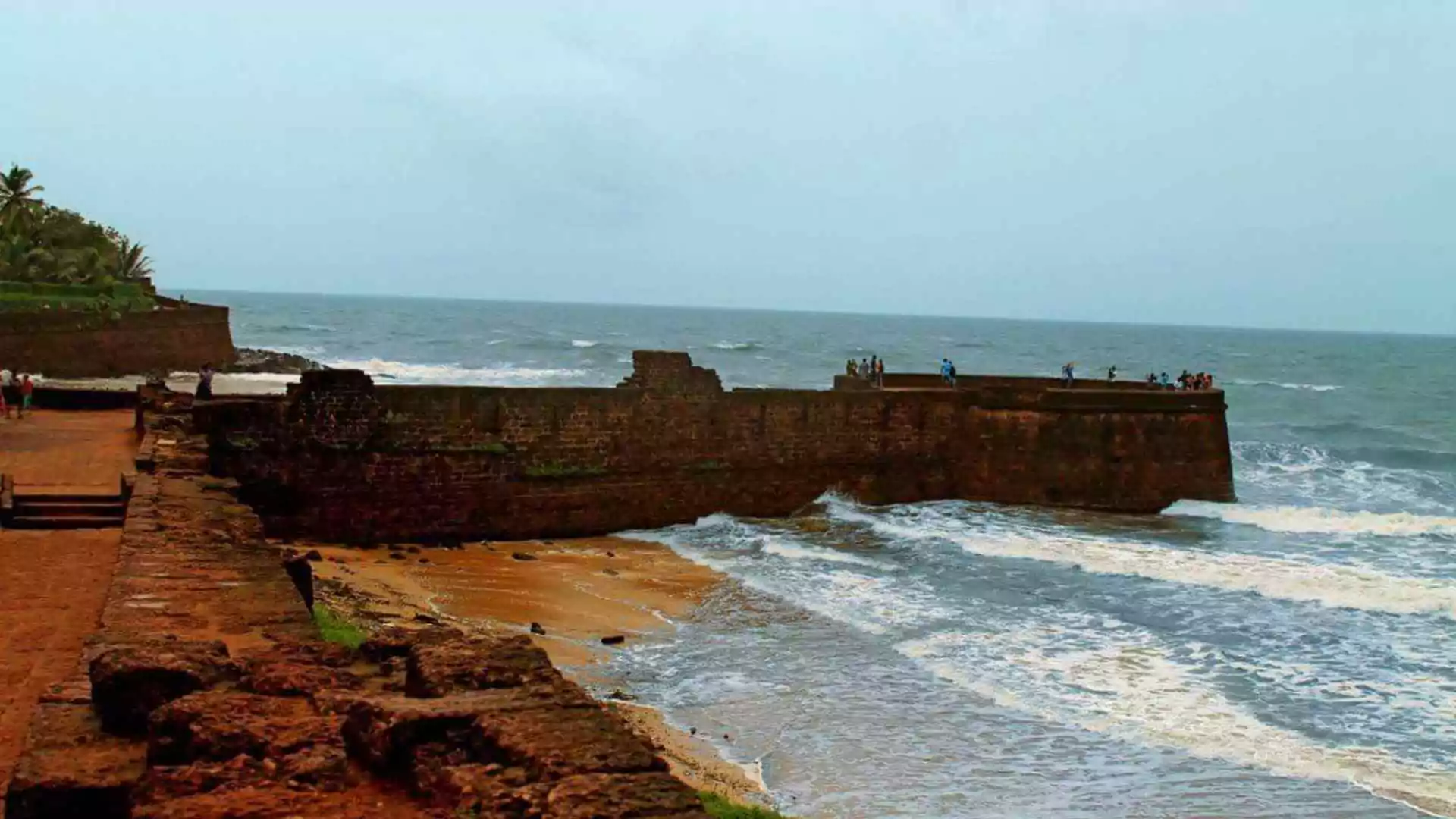New York City has officially launched its long-awaited congestion pricing program, marking the beginning of a transformative approach to combat the city’s notorious traffic congestion. Starting Sunday, drivers entering parts of Manhattan will face a $9 charge during peak hours. This new initiative follows successful models in London, Stockholm, and Singapore, where congestion pricing helped reduce traffic and raise funds for public transit improvements. The program is set to generate approximately $15 billion for the Metropolitan Transportation Authority (MTA), which will be used for critical upgrades to the city’s aging subway and commuter-rail lines.
A Long-Delayed Initiative
The arrival of congestion pricing in New York City marks the end of years of political wrangling and legal challenges. Initially proposed by former Mayor Michael Bloomberg in 2007, the idea languished for more than a decade before it received approval in 2019. It was delayed again last June after an initial toll of $15 was deemed too high, and Governor Kathy Hochul paused the launch to rework the rates. The plan has finally been greenlighted, despite fierce opposition from New Jersey, which unsuccessfully tried to block the program in court.
“Congestion is hurting our city, costing people time and money,” said Janno Lieber, CEO of the MTA. “This plan protects the interests of New Yorkers from a health standpoint while improving the quality of life.”
Look at this tweet:
New York City’s much-debated congestion pricing program has launched, creating new rules for drivers entering Manhattan below 60th Street. Designed to reduce traffic and fund transit improvements, the system imposes a $9 toll during peak hours for vehicles entering the designated… https://t.co/a0Fl9NZvrC pic.twitter.com/BchVplV64c
— TheCapitolInstitute (@CapitolInstitut) January 5, 2025
The Financial and Environmental Stakes
The primary goal of congestion pricing is not only to reduce traffic but also to boost public transportation ridership and tackle the city’s worsening air quality. According to the MTA, around 1.3 million people currently use public transport to commute into Manhattan’s central business district, while only 143,000 drive. The revenue raised from tolling vehicles traveling south of 60th Street will be used to fund key projects, including extending the Second Avenue subway to Harlem and upgrading century-old train signals.
Danny Pearlstein, policy and communications director for Riders Alliance, highlighted the importance of modernizing the city’s transit system: “Several million people ride the subway every day, so fixing it is not optional.”
The Tolling Plan and Legal Pushback
The congestion pricing scheme includes varied toll rates based on the type of vehicle. Passenger cars with an E-ZPass will be charged $9 for entering the toll zone during peak hours, but they will receive credits for tolls already paid on certain tunnels. Smaller trucks will pay $14.40, and for-hire vehicles like Uber and Lyft will impose a $1.50 per-trip charge. Taxis will charge passengers an additional 75 cents.
Despite the program’s clear environmental and economic goals, there is significant pushback from various quarters. Some New Jersey lawmakers argue that the tolling plan unfairly penalizes their residents, with US Representative Josh Gottheimer questioning the plan’s fairness for commuters from northern New Jersey. Furthermore, concerns about the impact on small businesses in Manhattan’s tolled areas persist.
New Jersey Governor Phil Murphy has been vocal in his opposition, calling the plan “unfair and unpopular” and promising to continue legal battles. The state’s latest appeal was denied by the US Court of Appeals for the Third Circuit, but the debate continues. Tiffany-Ann Taylor, vice president for transportation at the Regional Plan Association, however, suggests that New York could become a model for other cities seeking additional revenue sources for public transit.
New York City’s MTA marked the initiation of the congestion pricing program with a celebratory event, introducing a $9 toll for drivers entering Manhattan’s congestion zone below 60th Street, effective from midnight on January 5, 2025, aimed at reducing traffic and funding… pic.twitter.com/8ifzQ1OuEH
— TheReporter613 (@Thereporter613) January 5, 2025
Looking Ahead: Costs and Adjustments
While the congestion pricing program is now in effect, it remains a work in progress. Toll rates are set to increase over time, with prices reaching $12 in 2028 and $15 in 2031. The MTA faces a significant capital budget deficit, which could balloon to $50 billion without the new funding source. If congestion pricing were halted, lawmakers would be forced to consider other options to generate revenue for the city’s transportation infrastructure, which has long been underfunded and neglected.
New York City’s congestion pricing program represents a bold step towards addressing the city’s traffic problems and improving its public transportation network. Though it has faced significant legal and political hurdles, the plan is poised to reshape the city’s future, providing much-needed funds for the MTA while alleviating congestion in one of the world’s busiest urban centers.
ALSO READ: Giorgia Meloni Meets Donald Trump At Mar-a-Lago Ahead Of Biden’s Visit To Rome























